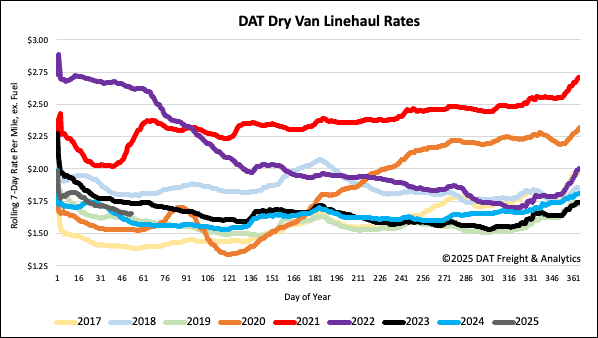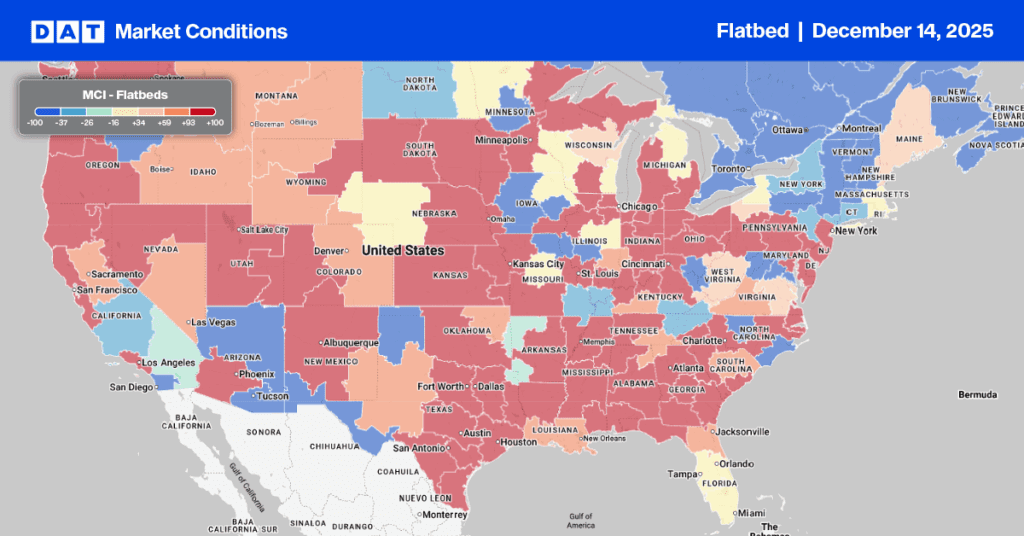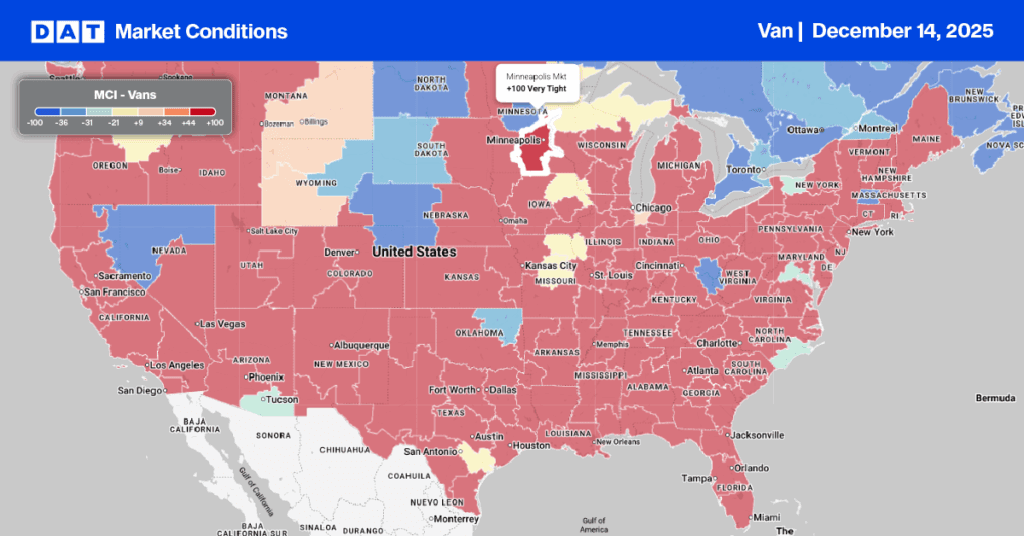Through NAFTA (North American Free Trade Agreement, and, more recently, the USMCA (United States-Mexico-Canada Agreement) and the maquiladora system (foreign-owned factories in Mexico), Mexico’s economic performance has improved, particularly in the manufacturing sector. This has led to important industrial clusters with significant global export shares. The three principal industry clusters are Automotive, Aerospace, and Medical Devices.
Get the clearest, most accurate view of the truckload marketplace with data from DAT iQ.
Tune into DAT iQ Live, live on YouTube or LinkedIn, 10am ET every Tuesday.
The automotive cluster, centered in Mexico’s central region, dates back to 1925 when Ford built a plant in Mexico City. Key players like Nissan, Ford, Chrysler, and Volkswagen have established R&D centers in the area, contributing to its growth.
The aerospace cluster in Mexico encompasses both civil and military segments. Its global aerospace and defense market share grew to about US $1,128.5 billion in 2011. Major companies such as Bombardier, Safran Group, and GE thrive in this environment.
The Medical Device cluster is mainly in Baja California, especially Tijuana, which leads North America in employment in this sector. Over 32,000 workers were employed in 2013, producing diverse medical devices like pacemakers, stents, and various disposables.
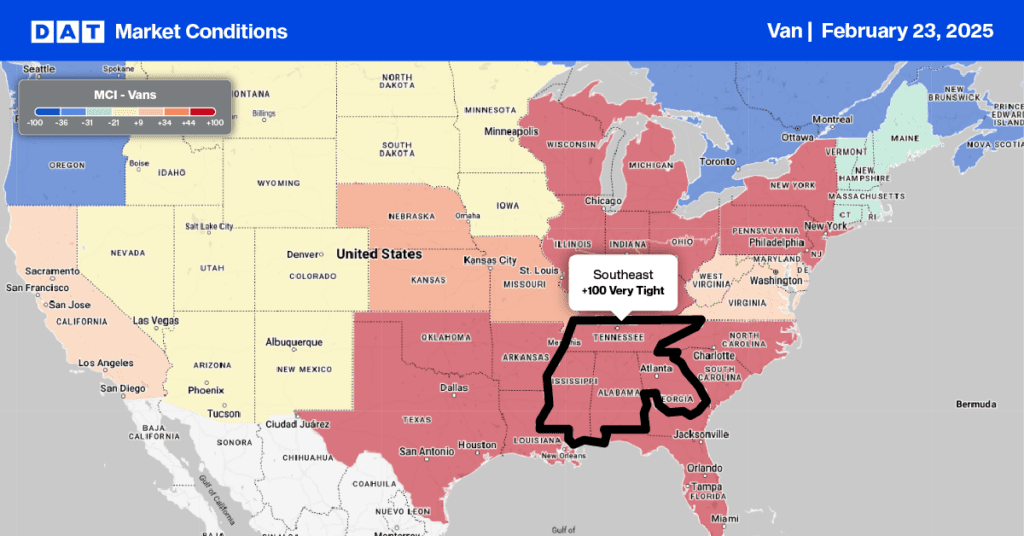
Load-to-Truck Ratio
Load post volumes are currently around 22% higher than last year, following last week’s 4% w/w gain. Last week’s dry van load-to-truck ratio (LTR) ended at 4.93.
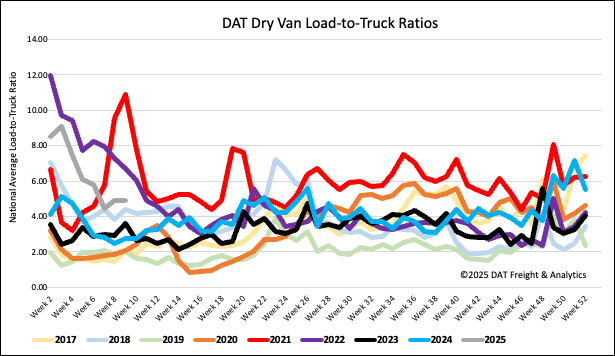
Linehaul spot rates
After easing for the last five week’s, available capacity showed some signs of tightening last week. Linehaul rates were up almost a penny per mile to a national 7-day rolling average of just under $1.66/mile, $0.07/mile higher than last year. Volumes were down 2% last week but up 10% compared to last year. On DAT’s Top 50 lanes, ranked by the volume of loads moved, carriers received an average of $1.94/mile. However, this average remains $0.28/mile higher than the national 7-day rolling average spot rate.
